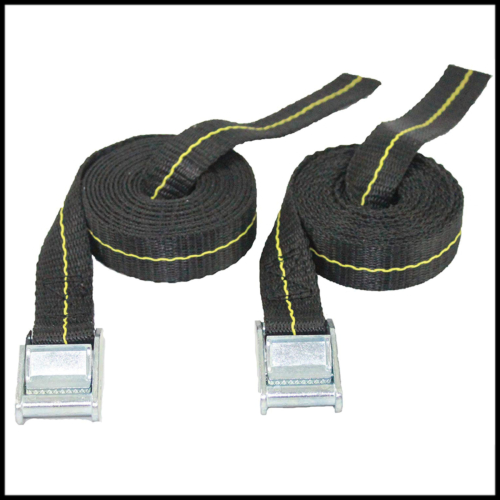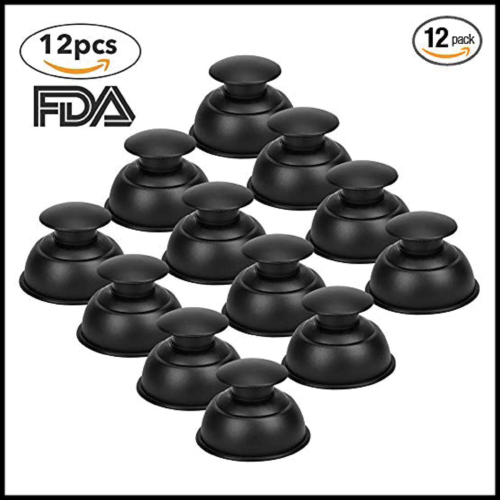-
 This is an interactive course that will teach you how to identify faulty humeral alignment and movement patterns in the shoulder by analyzing patient posture and movement. You will learn how to use components of the movement system to classify patients with humeral movement faults and mechanical shoulder pain. Based on movement classifications, you will hypothesize mobility and muscle performance deficits contributing to a patient's symptoms. You will integrate symptom modification procedures into your interventions and learn how to restore optimal posture and movement of the humerus.
This is an interactive course that will teach you how to identify faulty humeral alignment and movement patterns in the shoulder by analyzing patient posture and movement. You will learn how to use components of the movement system to classify patients with humeral movement faults and mechanical shoulder pain. Based on movement classifications, you will hypothesize mobility and muscle performance deficits contributing to a patient's symptoms. You will integrate symptom modification procedures into your interventions and learn how to restore optimal posture and movement of the humerus. -

Course Description
This online course teaches you how to use the movement system to assess, diagnose and treat athlete movement dysfunction. The sports covered include tennis, swimming, baseball, volleyball, rock climbing and several additional upper body sports. You will watch lectures, complete knowledge checks, analyze movement videos, and learn about sport-specific interventions. After completing the modules, you will attend the in-person course. The course is lab based and highly interactive with an emphasis placed on the practical application of key principles from the modules. At the conclusion the course, you will have a greater understanding of how to integrate movement based assessments into sport-specific treatments.
*Course fees do not include tax and/or VAT. Additional taxes will be calculated separately at checkout based on your geographic location. -
 This continuing education course is hosted on the Medbridge platform. It will utilize the movement system as a framework to assess the biomechanics of swimming. You will learn how to analyze the four common swim strokes: freestyle, butterfly, breaststroke, and backstroke. You will then advance your movement assessment skills by learning how to integrate swim stroke assessment in the clinical environment. Based on your movement observations and biomechanics knowledge, you will then learn how to classify movement dysfunction and provide swim-specific treatments to correct inefficient movement.
This continuing education course is hosted on the Medbridge platform. It will utilize the movement system as a framework to assess the biomechanics of swimming. You will learn how to analyze the four common swim strokes: freestyle, butterfly, breaststroke, and backstroke. You will then advance your movement assessment skills by learning how to integrate swim stroke assessment in the clinical environment. Based on your movement observations and biomechanics knowledge, you will then learn how to classify movement dysfunction and provide swim-specific treatments to correct inefficient movement. -
 This is an interactive course that will teach you how to identify faulty scapular alignment and movement patterns in the shoulder by analyzing patient posture and movement. You will learn how to use components of the movement system to classify patients with scapular movement faults and mechanical shoulder pain. Based on movement classifications, you will hypothesize which mobility and muscle performance deficits are contributing to a patient's symptoms. You will integrate symptom modification procedures into your interventions and learn how to restore optimal posture and movement of the scapula.
This is an interactive course that will teach you how to identify faulty scapular alignment and movement patterns in the shoulder by analyzing patient posture and movement. You will learn how to use components of the movement system to classify patients with scapular movement faults and mechanical shoulder pain. Based on movement classifications, you will hypothesize which mobility and muscle performance deficits are contributing to a patient's symptoms. You will integrate symptom modification procedures into your interventions and learn how to restore optimal posture and movement of the scapula. -
 This continuing education course is hosted on the Medbridge platform. It will utilize the movement system as a framework to assess the biomechanics of throwing. You will learn how to classify scapular, humeral, and thoracic movement patterns as they relate to observation range of motion. You will then advance your movement assessment skills by learning the biomechanics and critical events of a throw. Based on your movement observations and biomechanics knowledge, you will then learn how to classify movement dysfunction and provide sport-specific treatments to correct inefficient movement.
This continuing education course is hosted on the Medbridge platform. It will utilize the movement system as a framework to assess the biomechanics of throwing. You will learn how to classify scapular, humeral, and thoracic movement patterns as they relate to observation range of motion. You will then advance your movement assessment skills by learning the biomechanics and critical events of a throw. Based on your movement observations and biomechanics knowledge, you will then learn how to classify movement dysfunction and provide sport-specific treatments to correct inefficient movement. -
 Virtual care delivery presents with unique organizational, practitioner, and patient benefits and barriers that do not exist within traditional in-person care. Effective use of telehealth requires the provider to recognize whether or not a patient is appropriate for telehealth, communicate the advantages and disadvantages with the patient, and understand how to resolve technical issues. The goal of this course is to address these challenges and provide clinicians with best-practice strategies to effectively incorporate telehealth into their care delivery.
Virtual care delivery presents with unique organizational, practitioner, and patient benefits and barriers that do not exist within traditional in-person care. Effective use of telehealth requires the provider to recognize whether or not a patient is appropriate for telehealth, communicate the advantages and disadvantages with the patient, and understand how to resolve technical issues. The goal of this course is to address these challenges and provide clinicians with best-practice strategies to effectively incorporate telehealth into their care delivery.






